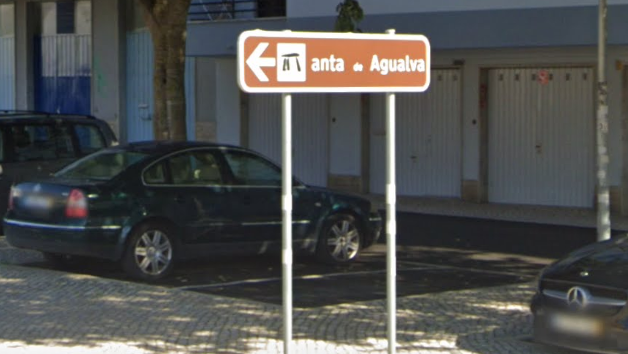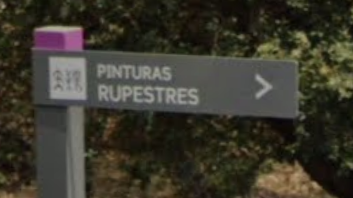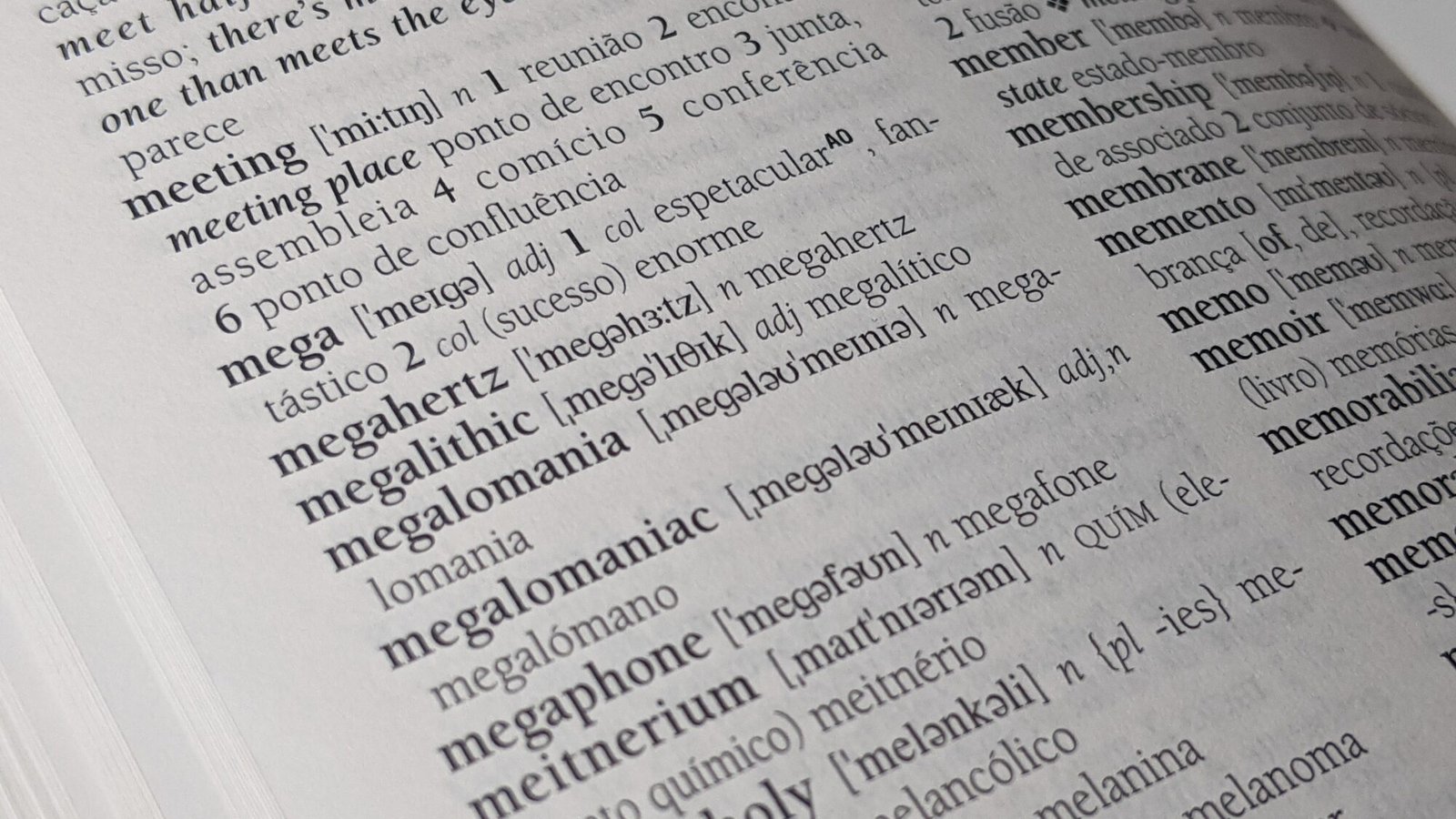This is an English language site, but many sites are only known by their Portuguese names. I will use English names when they are very well known, but will use Portuguese names if that is the main way they are known. Locations will generally be given by their Portuguese names, although if an English term is widely used (such as “Lisbon” instead of the Portuguese name “Lisboa”), I will use that.
Visiting these sites is far easier if you are familiar with the Portuguese terms. Few signs are in English.
Some Portuguese terminology:
- Standing stones are typically known in English by the French word, “menhir.” The Portuguese term, menir, is pronounced the same and will be used frequently. (In Portuguese, the pronunciation of “menhir” would be “menyeer” – the letters “nh” is equivalent to the Spanish ñ. There are some areas, typically in the north, where you might see the spelling “menhir,” but it’s very uncommon in general.)
- Stone circles are typically known in English by the Welsh word, “cromlech.” The Portuguese term, cromeleque, is also pronounced the same and will be used frequently. (In Portuguese, people would pronounce “cromlech” as “cromlesh.” The letters “ch” in Portuguese always take a “sh” sound.)
- Megalithic tombs are typically known in English by the Celtic term, “dolmen.” The Portuguese word dolmén is known and occasionally used, but in Portugal the most common terms are the local words anta or sometimes orca. (Interestingly, anta is also the word for a tapir, the South American animal. So using automatic translations will sometimes come up with descriptions of “the tapirs of Portugal.”)
- A mound or barrow, often called a “tumulus” in English, is called a mamoa in Portuguese. A tomb is a túmulo. A cist (a stone coffin) is called a cista in Portuguese.
- A megalithic site is often called a recinto. Recinto literally means enclosed area, and is most often (but not exclusively) used for stone circles.
- Rock paintings are called pinturas rupestres while engravings are gravuras rupestres.
- Dinosaur footprints are called pegadas dos dinossauros.
- A site where fossils are found are often called a jazida. Jazida is a geological term, typically for a mineral bed or a deposit. (Jazida is also sometimes synonymous with túmulo.)




Road sign photographs: screenshots taken from Google Street View
